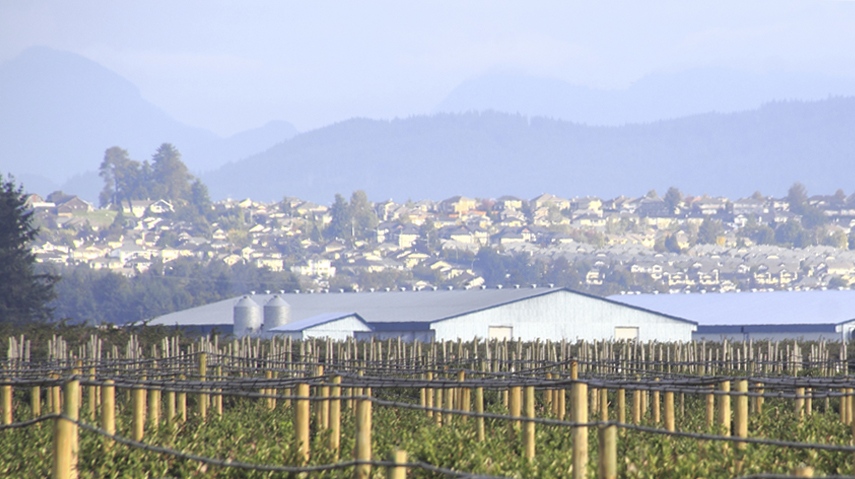Fraser Valley real estate transactions show less of an early-summer cool-off than those in Greater Vancouver, and home prices just keep on rising
Joannah Connolly
REW

Abbotsford Fraser Valley
June’s real estate sales in the Fraser Valley were the highest for any June on record, although they did not come close to the peak seen in March this year, the Fraser Valley Real Estate Board (FVREB) reported July 5.
The total of 2,864 sales on its Multiple Listing Service® (MLS®) – including residential, industrial and commercial – was an increase of 18.7 per cent compared with June 2015.
However, this was a slight fall of 1.5 per cent compared with May 2016, and did not threaten the record sales set in March 2016.
Broken out by residential transactions only, home sales were up nearly 21 per cent year over year and down only slightly compared with the previous month, showing less of an early-summer cool-off than the June transactions just posted by the board’s counterpart in Greater Vancouver.
The number of new homes listed for sale in the Fraser Valley increased year over year, but not enough to keep pace with real estate demand, with total listings at the end of June down by more than a third compared with the previous year.
The average price of a Fraser Valley property (all property types combined) in June was $711,874, a rise of 24.9 per cent compared with June last year.
Sales and Listings
There were 2,541 residential property sales in the Fraser Valley in June, up 20.8 per cent compared with June 2015 but down 1.4 per cent over the previous month’s figures.
Some 1,281 detached homes exchanged hands in June, which like in Greater Vancouver was both a year-over-year and a month-over-month decline, dropping two per cent since last June and nearly nine per cent compared with May. Across the region, the average number of days a detached home stood on the market in June 2016 was 17 days, compared with 35 days in June 2015.
Fraser Valley townhouse, duplex and row home transactions rose by nearly 36 per cent year over year to 656 sales, reflecting the increase in supply of this housing type as well as the rising demand for these homes. This figure was also a rise of 6.7 per cent compared with May’s 615 attached home sales.
As has been the trend in recent months, the steepest growth in the June market was seen in condo-apartment sales, which leaped 93 per cent year over year to 604 sales, a month-over-month rise of 8.4 per cent.
New home listings in the Fraser Valley were up 12.7 per cent compared with one year previously, totalling 3,111 in June. This was a decline of just 0.1 per cent, or two units, compared with the previous month.
However, at the end of June there were just 3,699 active home listings on the MLS ®, a decline of 34.5 per cent compared with the 5,650 active listings in June 2015, and a three per cent month-over-month drop, as buyers rushed to snap up the new and previously available listings.
Charles Wiebe, president of the board, said, ““Demand for Fraser Valley homes grips the market, tightly. Still, we are seeing a slight levelling-off that, while not drastic, is giving both buyers and sellers a bit more room to maneuver.”
Benchmark Prices
The price of a typical detached house in the Fraser Valley in June was $861,800, a jump of 41.3 per cent over June 2015’s $609,900, and a rise of 3.3 per cent – or $27,400 – since May.
The benchmark price of a townhome or other attached home in the region was up nearly 30 per cent year over year in June, to a still-reasonable $387,100. However, these prices may not stay affordable for long, as this was a rise of more than six per cent – $22,100 – in just one month.
No longer lagging in terms of price growth, the cost of a typical condo-apartment unit in the Valley increased nearly 21 per cent year over year to $231,900. This was up three per cent over the previous month.
Prices in the Fraser Valley differ by city and neighbourhood. To see home prices, sales and listings broken down by community, see the FVREB June 2016 statistics package.
© 2016 Real Estate Weekly

